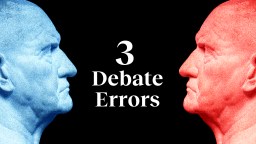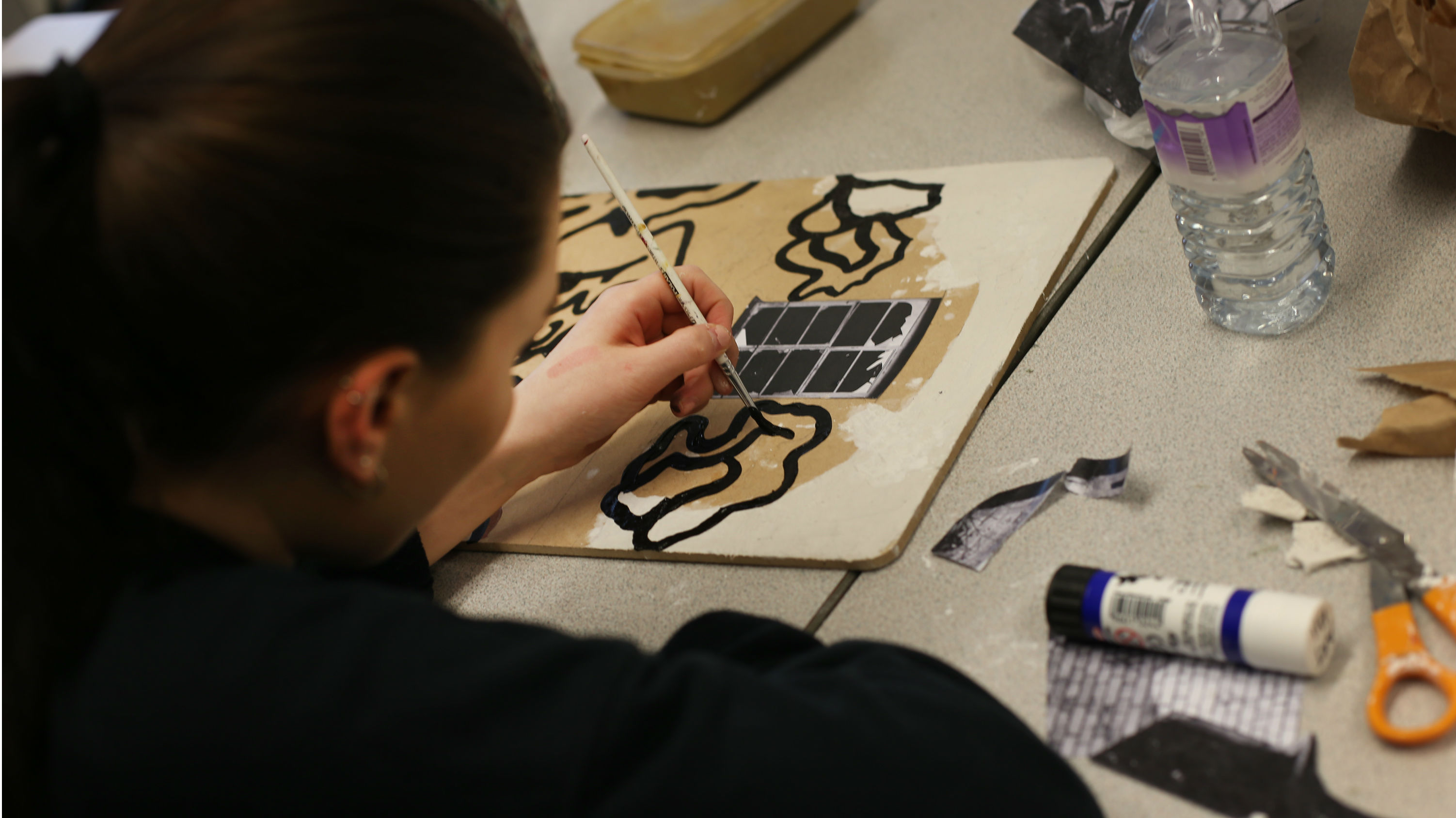Personal Growth
All Stories
Albert Camus was a Franco-Algerian philosopher with some great insights on the meaning of life, why you should look to this life and not the next, and why suicide is a poor choice.
From “Thompson’s violinist” to the “Experience Machine,” these thought experiments will throw your mind for a loop.
“Conflict is useful. The question is how do you deal with conflict effectively.”
▸
5 min
—
with
You can’t predict success. But according to minds like Neil deGrasse Tyson, Michio Kaku & more, you can hot wire it.
▸
10 min
—
with
Don’t take the prodigy pathway. Become a broad thinker instead.
▸
6 min
—
with
People often ask “What should I do?” when faced with an ethical problem. Aristotle urges us to ask “What kind of person should I be?”
One god stands for order, logic, and reason. The other stands for chaos, madness, and drunkenness. Nietzsche thinks you need both.
Anxiety can be good or bad. It turns out that it’s really up to you.
Finding your own truth without a guiding mythical worldview.
While the trend towards mindfulness is a pleasant idea, it might not actually be solving anything.
The arts can help schools tackle the current mental health crisis among teenagers.
How do great people get so much done? If you’re Ben Franklin, you lay out a detailed schedule.
Everybody is made happiest by purchasing experiences, right? A new study tells us to rethink our cliche.
A large study evaluated stress levels across 493 cities in the United States, using nine different metrics. The analysis returned these five least stressful cities in America.
While shuffling off their mortal coils, these giants of thought had some parting words.
What does it mean to live authentically and to be your authentic self? Most importantly, how long does it take to get there?
What inspired the Mona Lisa, China’s Terracotta Warriors, and more?
In the Western world, there’s a constant pressure to be happy. Paradoxically, this makes people more prone to anxiety and depression.
According to the study, for every extra day a student experienced sleep problems, they were 10% more likely to drop a course.
People in the West are constantly encouraged to sleep less and accomplish more. But the science behind sleep deprivation shows why that’s a terrible idea.
A “new” Roman library has been found in Germany. What might it have had in it?
Psychologists have found that, while we tend to judge our own vulnerability more harshly, we perceive vulnerability in others as courage.
A new study suggests using “rough scheduling” for leisure activities to avoid making even fun feel like work.
Why is manipulating people morally wrong but influencing them is not? Here’s the fundamental distinction between manipulation and non-manipulative influence.
We all know who Confucius was, but what did he teach?
Job hopping can be a smart career move for many employees, but only if they do it right. Here’s how.
A new study contests the benefits of meditation in the workplace. We show everything that’s wrong with the research.
Almost two-thirds of doctors in the U.S. say they’re burned out, depressed, or both. What do we do when the very people charged with safeguarding our health against the effects of burnout are themselves suffering from burnout?
There’s a reason you’re not motivated when you smoke weed: it ruins your episodic memory.





























